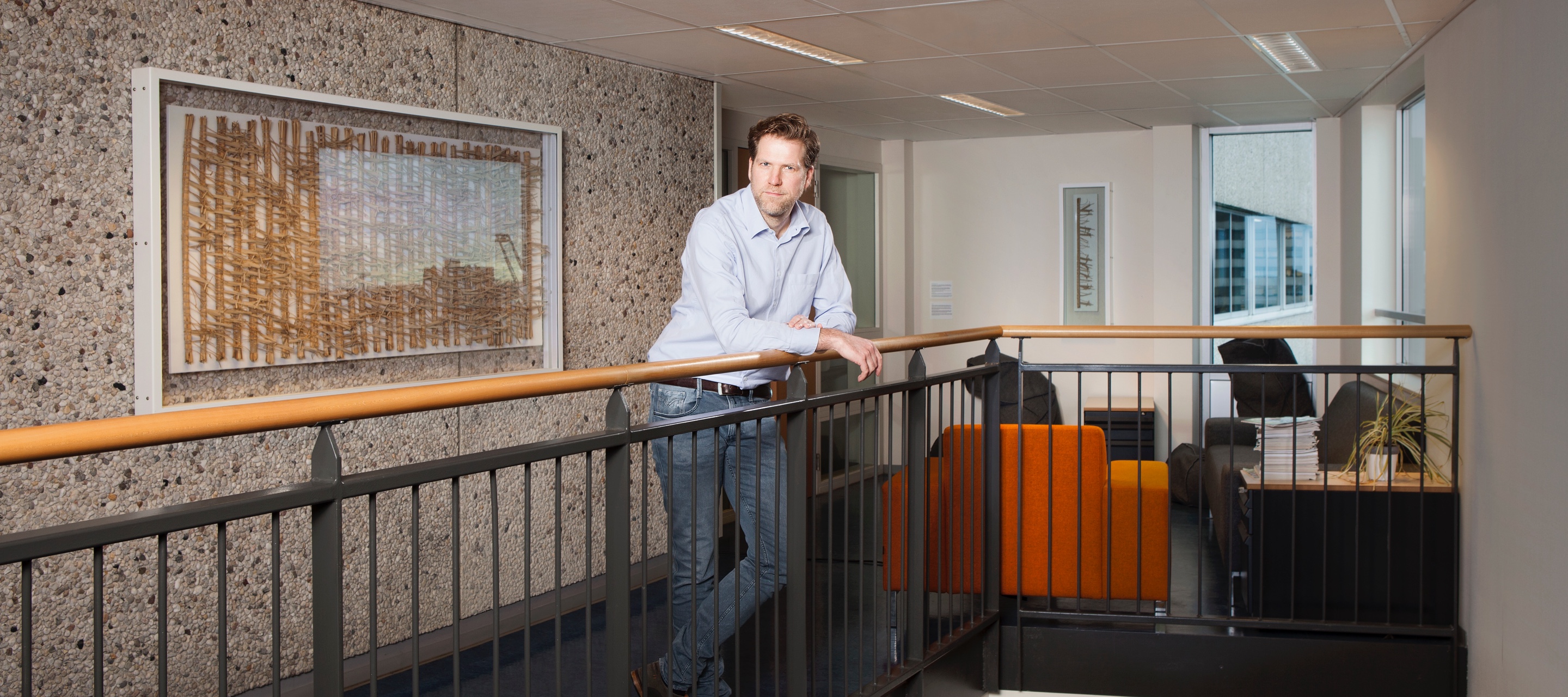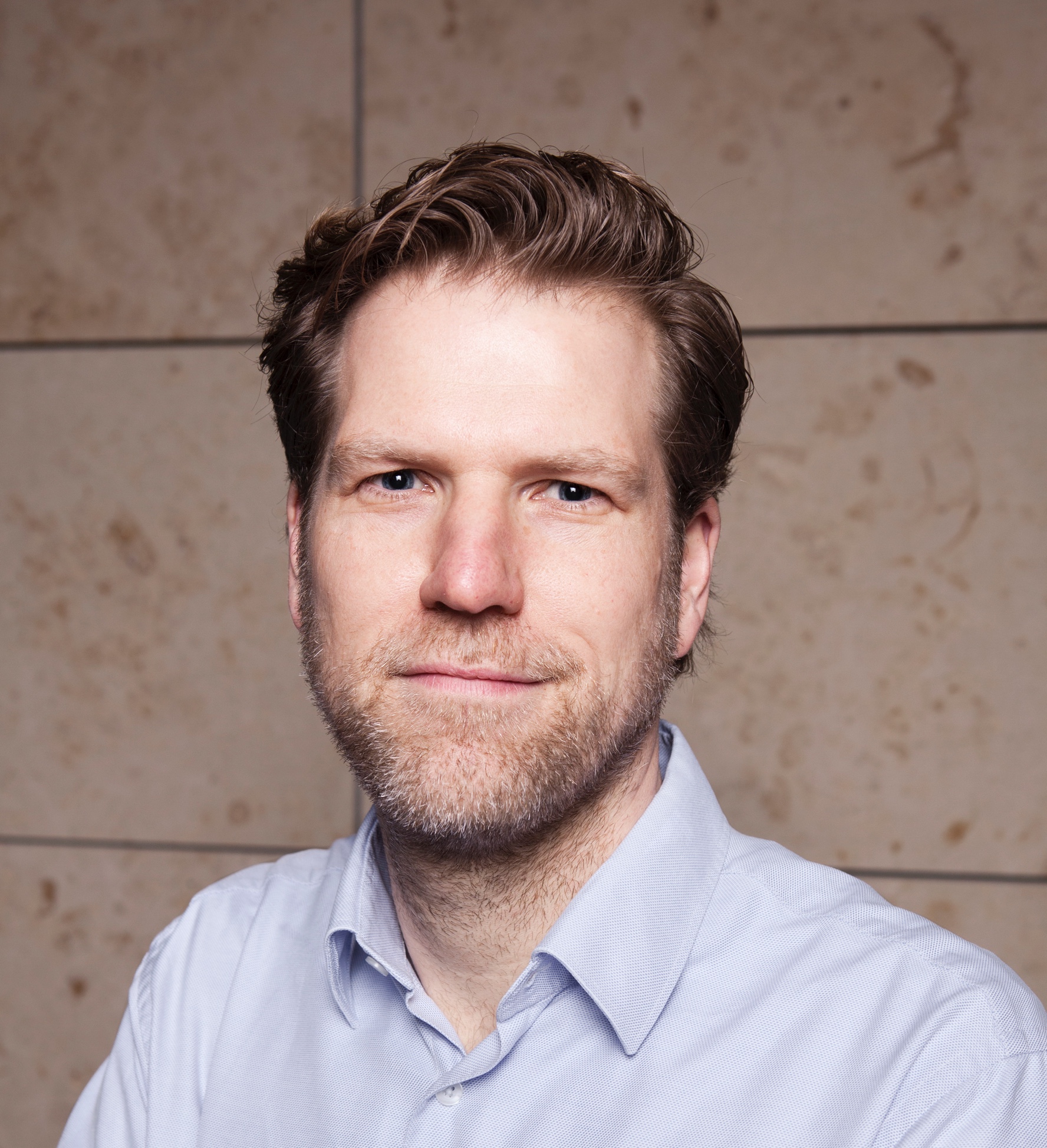What do haploid cells, the common cold and certain congenital illnesses have in common? Each one is the focus of a small biotech company started by fundamental researcher Thijn Brummelkamp.

Oncode Investigator Thijn Brummelkamp began his career hoping to gain new understanding of cancer by doing genetic research in human cells. That sounds logical enough, since cancer is a disease that affects humans, but the reality is more complicated. Much basic research into the disease is done in animals, and even in organisms such as yeasts.
One of the main reasons for this is that, in the past, it was difficult to apply experimental genetics to human cells. The research is usually done by “abusing” the cells, such as by exposing them to radiation, long enough that they make mistakes in their DNA. Scientists then culture these damaged cells to study what problems their genetic errors create. Some of them will develop the characteristics of cancer cells, and by zooming in on the specific errors in those cells, researchers can gain a better understanding of cancer.
There’s one problem, though: human cells have two copies of each piece of their DNA, one from the mother and one from the father. “A dose of UV radiation creates errors in the DNA,” Brummelkamp explains, “but it is rarely the case that these occur in both copies of the same gene in the same cell.” Cells with one bad and one good copy are not useful for research. That is why scientists turn to working with lab animals. Though animals also have two copies of all their DNA, researchers can crossbreed two organisms with the same genetic error, so that some of their offspring will have a double mutation.
Haploid cells
Brummelkamp was resourceful, however, and delved into the scientific literature. There he dredged up an article from 1995 about a leukemia patient whose cells had only one copy of most of their DNA. To his surprise, he discovered that some of these so-called haploid cells were still being stored in a freezer in Boston. Brummelkamp requested and was sent the cells, which turned out to grow well in the lab. The discovery of the haploid cells led to a remarkable range of unforeseen applications. There were so many that Brummelkamp couldn’t handle them all within his own academic work environment. In the entrepreneurial style of Oncode, he ended up working with three small biotech companies, each exploring a different application of the cells.
His first business venture was a straightforward one. There are companies that breed mice with a chosen gene turned off, so that researchers can request those mice and begin researching that gene immediately. So why not make the haploid cells available in the same way? Scientists around the world were eager to work with them, and by starting a small company to culture cells with specific DNA errors on request, he could make further research possible. After an investor approached him at a seminar in Vienna, Brummelkamp, along with his colleagues, founded the company Haplogen in 2010. After a few successful years Haplogen was split up, with half of it sold to a specialized British firm that could professionalize it further.
That wasn’t Brummelkamp’s only project. By then his lab had found even more research applications for the haploid cells. For example, researchers were exploring how certain pathogens enter human cells to cause infection. Each pathogen has its own point of action on the cell wall: the point where it slips inside. Brummelkamp exposed millions of different haploid cells, each with another mutation, to disease-causing viruses and bacteria. “The only cells that survive are those in which the genetic mutation is right at the point of action, so the pathogens can’t attach themselves,” he explains. He used this method to discover, among other things, that the ebola virus enters through a specific protein that the cell uses to process cholesterol.

A cure for the common cold?
He also discovered a protein that was essential for allowing cold viruses to penetrate cells. “A cold is mostly harmless, but it can be life-threatening for people with respiratory problems,” Brummelkamp says. “Colds also have an economic cost.” Colds are the most common human ailment, and recent research shows that in America alone they cost the population 276 million work days per year. Through another company, Brummelkamp is now researching a drug that intervenes to block that specific protein. If it works, it would be the first effective cold medication. “But drug research has a long trajectory,” Brummelkamp warns. “It will take at least 15 years to see results.”
The projects just kept coming. Brummelkamp also wanted to explore a subject that fascinated him, variation in the effects of illnesses. “We often see that people with the same DNA mutation react to it very differently. One becomes dangerously ill while another feels almost no effects. That’s the case even with severe genetic disorders such as cystic fibrosis, in which the patient’s lungs fill with mucus, and Duchenne muscular dystrophy, in which children steadily lose muscle strength,” he says. “Most likely there are compensating mutations, somewhere else in the patient’s DNA, that cancel out the other error.” Using the haploid cells, Brummelkamp is now searching for the protective genetic adaptations. “It could yield very different treatment methods. Most pharmaceutical companies try to repair the damaged gene. But what if we could stimulate the protective one instead?”
By now Brummelkamp has a lot of small-business experience. “The dynamics are different every time. When you sell haploid cells to other labs, your company immediately sees a return, whereas developing a medication for treating colds is an expensive, long-term investment.” Nonetheless, the focus for Brummelkamp remains fundamental research. With the help of Oncode’s experts in valorization, he can continue his work while his results contribute even more.